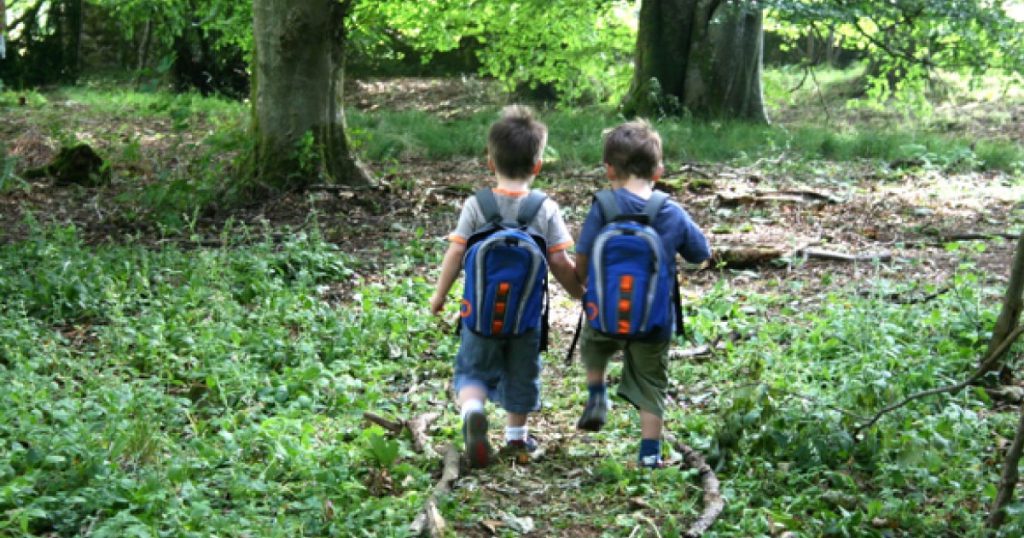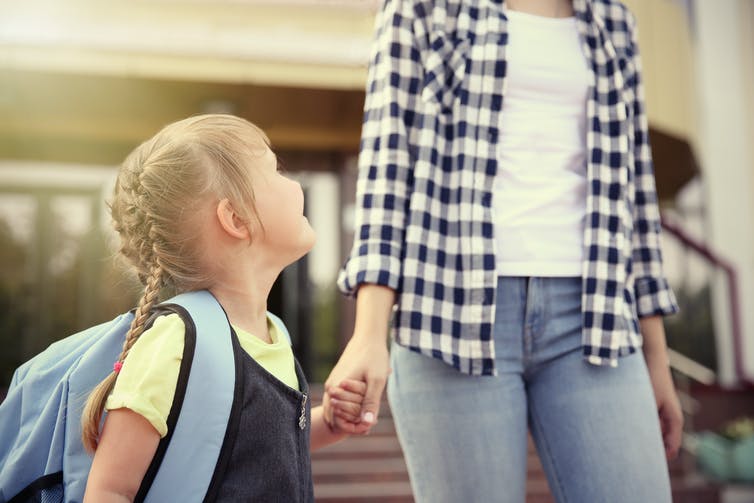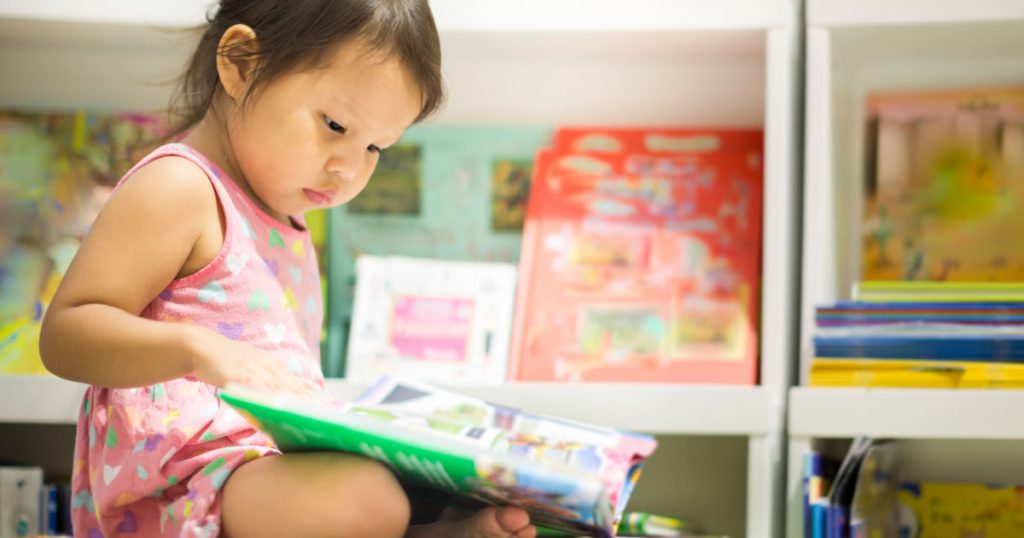 Inspired by the comments on my previous post, I wanted to write about the practical ways in which educators can facilitate teaching of music in early learning settings.
Inspired by the comments on my previous post, I wanted to write about the practical ways in which educators can facilitate teaching of music in early learning settings.
There is growing evidence about the numerous benefits of teaching children music. In early learning settings, music can be used as a learning tool to facilitate growth across learning domains and to positively influence children’s social–emotional regulation (Barrett et al., 2018; Williams, 2018). Unfortunately, not every early learning centre, kindy or preschool has the resources—funds or manpower—to provide specialised music classes, and neither are educators provided musical training as part of their early learning qualifications. If you feel nervous or unsure about how to push music learning beyond the use of digital technology or simple transition songs, read on to find out how you can:
- introduce music without using technology, especially when you don’t know much about music
- enrich and extend children’s experiences with musical instruments in your early childhood setting.
Being in tune does not matter
Children are nonjudgmental and love to learn. Just as any other project, music can be a co-learning experience for you and the children. For example, I do not have a degree in engineering, nor have I ever been to art school, but I have loved learning about these with the children. We look up pictures together, try new ideas and follow lines of inquiry naturally. Sometimes we create sandpit-scale engineering feats akin to the ancient Roman aqueducts, though during the building process our blocks fall down and we have a laugh. Treat music the same way. Ask children what music they listen to, and try to listen to new music from around the world together. Bring out the instruments and ask the children to show you how they would make sounds on these instruments, or create a new song together and record it. You don’t even need regular instruments. Try finding what sounds loose parts make and see if you can make some music to dance to with that. Be confident. Children will not care if you sing a wrong note. Music is a social activity and they simply want to be a part of it with you.
Don’t discount musical play
Children have this wonderful habit of incorporating everything into their play. Music is no different. Singing as they skip, singing to their dolls, hitting the metal fence with a stick or listening to the birds … It is all musical play. Again, approach this as you would any other subject, using the beautiful programming cycle. Observe the children singing as they play and take note of the child who just saw a musical play. Create a space for them to explore music. Set up a stage—pallets with a couple of rugs over the top work well—add a handful of instruments (or create some out of loose parts), maybe try to add some microphones if you can and a few seats for the audience. And voila! You have your own musical theatre where children can play multiple roles and explore music in a new way.
Push yourself, just a little
Learning an instrument as an adult can be quite beneficial. Recent studies have shown that learning music has positive benefits for mental health and helps keep the brain healthy throughout the later stages of life (Daykin et al., 2018; Luo et al., 2014; Seinfeld et al., 2013; Thoma et al., 2013). Especially in today’s world, with COVID-19 and ongoing lockdowns, we can all do with a little extra mental-health help. All you need is to learn three chords on a ukulele and you can play most songs. Yes, it is that simple. And since children love music, practising on the floor works really well. If children request a song you don’t know the chords to, just do what I do: fake it till you make it! Play any chords and sing what you know. If children tell you that’s not the song they wanted, ask them to sing what you are singing and you will end up creating a wonderful learning experience.
References and further reading
- Acker, A., & Nyland, B. (2020). Adult perspectives on children and music in early childhood. Springer International Publishing. https://doi.org/10.1007/978-3-030-57698-1
- Barrett, M. S., Flynn, L. M., & Welch, G. F. (2018). Music value and participation: An Australian case study of music provision and support in early childhood education. Research Studies in Music Education, 40(2), 226–243. https://doi.org/10.1177/1321103X18773098
- Bilalovic Kulset, N., & Halle, K. (2020). Togetherness!: Adult companionship—the key to music making in kindergarten. Music Education Research, 22(3), 304–314. https://doi.org/10.1080/14613808.2020.1765155
- Daykin, N., Mansfield, L., Meads, C., Julier, G., Tomlinson, A., Payne, A., Grigsby Duffy, L., … Victor, C. (2018). What works for wellbeing? A systematic review of wellbeing outcomes for music and singing in adults. Perspectives in Public Health, 138(1), 39–46. https://doi.org/10.1177/1757913917740391
- Luo, C., Tu, S., Peng, Y., Gao, S., Li, J., Dong, L., Li, G., Lai, Y., Li, H., & Yao, D. (2014). Long-term effects of musical training and functional plasticity in salience system. Neural Plasticity, 2014, 1–13. https://doi.org/10.1155/2014/180138
- Nyland, B., Acker, A., Ferris, J., & Deans, J. (2015). Musical childhoods: Explorations in the pre-school years. Taylor & Francis Group.
- Seinfeld, S., Figueroa, H., Ortiz-Gil, J., & Sanchez-Vives, M. V. (2013). Effects of music learning and piano practice on cognitive function, mood and quality of life in older adults. Frontiers in Psychology, 4, 810–810. https://doi.org/10.3389/fpsyg.2013.00810
- Thoma, M. V., La Marca, R., Brönnimann, R., Finkel, L., Ehlert, U., & Nater, U. M. (2013). The effect of music on the human stress response. PLOS ONE, 8(8), e70156. https://doi.org/10.1371/journal.pone.0070156
- Trevarthen, C. (1999). Musicality and the intrinsic motive pulse: evidence from human psychobiology and infant communication. Musicae Scientiae, 3(1_suppl), 155–215. https://doi.org/10.1177/10298649000030S109
- Williams K. E. (2018). Moving to the beat: Using music, rhythm, and movement to enhance self-regulation in early childhood classrooms. International Journal of Early Childhood, 50, 85–100. https://doi.org/10.1007/s13158-018-0215-y
- Young, S. (2018). Critical new perspectives on early childhood music: Young children engaging and learning through music. Routledge.
ECA Recommends
Music and Children
By Amanda Niland
Children and music seem to go together. Life starts with being soothed by lullabies and continues with nursery rhymes, playful songs and the myriad of different types of music that we hear every day, at home and when out and about. In this book, there is information about the value of music in early childhood and many examples of how you can integrate music making into children’s daily lives at home and in early childhood education and care settings. So let the music begin! Purchase here on the ECA Shop.


